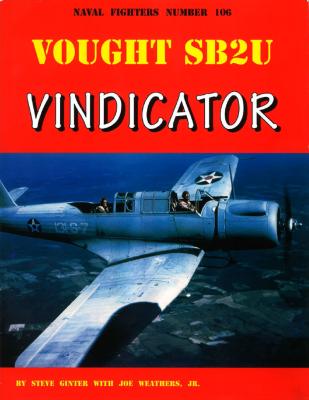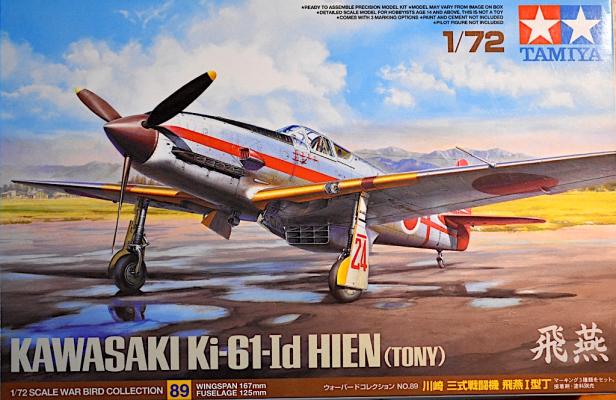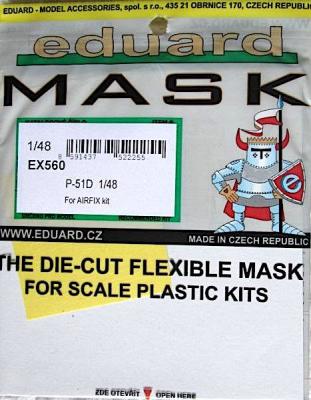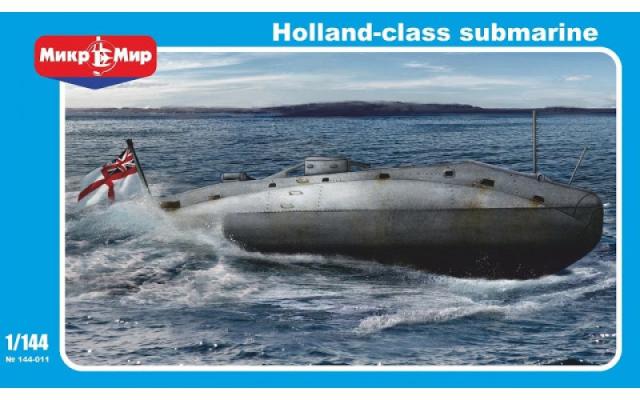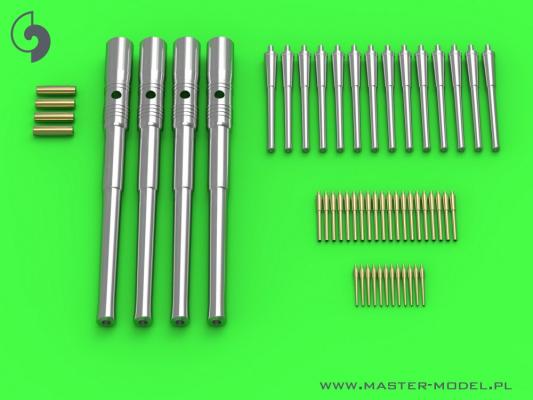Author Steve Ginter is a noted military historian who publishes the Naval Fighter series that was founded in 1980. After graduating from California State University-Northridge, Ginter became a US Navy pilot, serving from 1966 to 1972. Upon leaving the US Navy, Ginter held a series of management positions within the Thrifty Drug chain for the next twenty-one years. In 1996 he became the CEO of Sentai Distributors where he directed company operations until 2011. The Air Force Legends series was initiated in 1998 with the publication of ‘The Martin XB-51’.
Welcome to the IPMS/USA Reviews site!
Introduction: The primary organization of the IPMS/USA Review website is by IPMS/USA National Contest Class. Within each Class there are sub-menus by kits, decals, books, etc. The Miscellaneous Class is for items that are not class specific or that cross two or more classes.
IPMS/USA Members: We encourage you to submit reviews, both here and to the Journal. To volunteer for membership in the IPMS/USA "Reviewers Corps" and submit your own reviews, please read the Guidelines For Submitting Product Reviews.
Manufacturers, publishers, and other industry members: IPMS/USA is pleased to offer your company the opportunity for product reviews. All product reviews are performed by IPMS/USA members, and are posted in the publicly-accessible section of our website. With very few exceptions, we perform full build reviews of new kit releases, aftermarket products, and supplies. If you would care to provide product samples for review, please contact John Noack, IPMS/USA 1st VP.
To learn more about IPMS/USA, please see our About Us page.
History
The Hien was notable not just as the sole Japanese fighter in the Pacific War with a liquid-cooled engine, it also fought numerous battles against incoming B-29’s in defense of the Japanese home islands. In December 1940 Kawasaki Aerospace Company produced a prototype 1,175hp engine, Ha-40, a licensed version of the Daimler-Benz DB 601 engine. This liquid-cooled engine was more powerful and had less aerodynamic impact than comparably-sized air-cooled engines. Engine production could not keep up with airframe production so eventually a radial engine was fitted to the airframe and the aircraft designated the Ki-100.
Recently I was given the opportunity by IPMS USA to review Eduard's canopy masks for the new 1/48 Airfix P-51D Mustang kit. One of the first things to notice with this product is the excellent presentation of the packaging with the easy to open flap. Package includes a single sheet of kabuki paper masks for the canopy panels, landing lights, and wheel hubs.
Upon removal of the masks from the package I could easily remove the masks from the paper and apply to appropriate section of the canopy. The instructions included with the masks gives you a good feel for which panel you are working with compared to how canopy is sectioned off. The masks lay down well and no trimming had to be done to center up the masks with the canopy framing. The main canopy has to be masked with extra tape or a liquid mask, you only get the outer frame.
Mikro Mir has releases a series of submarine models from the first submarines through the Cold War. Most of these are in 1/350 and are subjects not seen on plastic or at all. When the IPMS review list came out I wanted to try one, but it was overwhelming and a hard choice of which subject to pick. Fascinated with warships of the turn of the 20th Century I opted for the first British submarine – the American designed Holland Class developed by Mr. John Holland and his company Electric Boat. For such a small submarine, Mikro Mir chose 1/144 scale, which turned out to be a good size.
This set of replacement barrels for the 1/200 scale Mikasa. It includes 4 305mm (12”), 14 152mm (6”), 20 76mm (3”) and 12 47mm (1.85” Hotchkiss Guns). The 305mm and 152mm barrels are machined from aluminum and the other 2 are machined from brass. The 305mm barrels include brass trunnions.
These are designed for Merit International IJN Pre-Dreadnought Battleship Mikasa.
The 305mm is a straight replacement. The machining is quite good, and the only difference is that the plastic piece has what appears to be a cover on the end of the barrel while the metal barrel is bored out to depict the barrel in action.
The rest of the barrels requires surgery to remove part of the old barrel and drilling out a locating hole for the replacement barrel to slip into.











